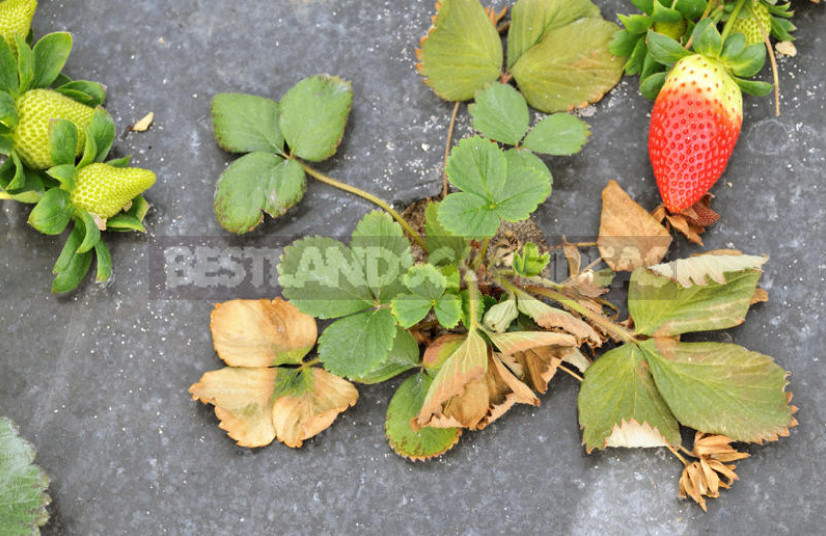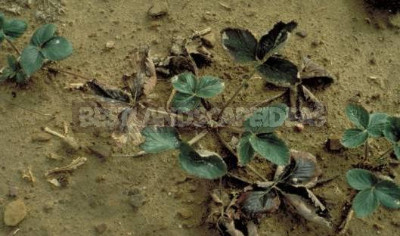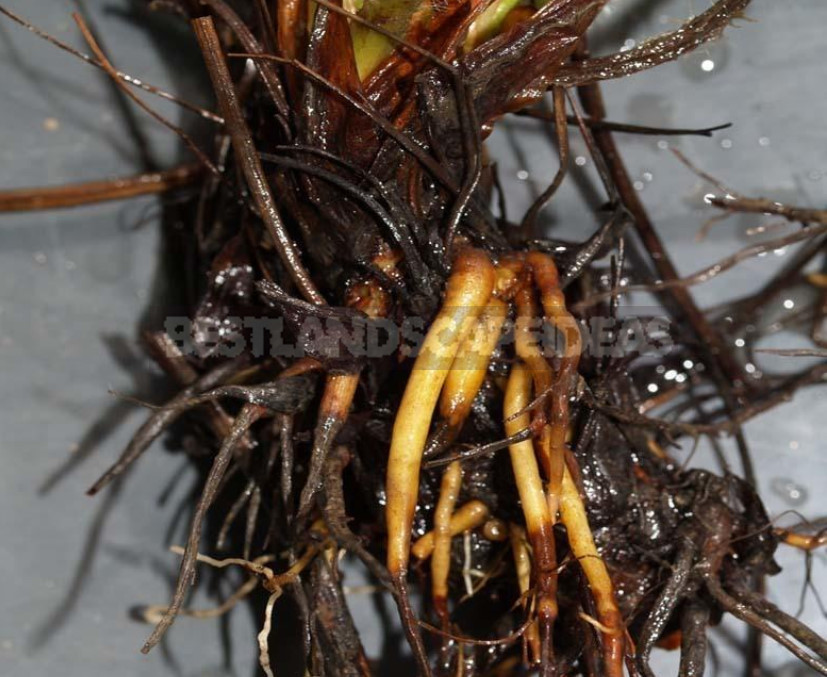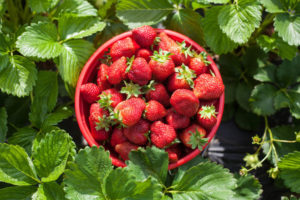
Have any of us, picking strawberries in the forest, paid attention to sick plants? I think not. After all, the first sign of the search is red ripe berries. If you don’t see them, don’t even pay attention, because plants with problems are not interesting to us at all.
The attitude towards the same strawberry completely changes if it is carefully planted on the plot, and the cottager is waiting for its harvest. In a garden where every bush has been given attention, all the beauty or flaws are noticed. On industrial plantations, strawberry diseases become even more noticeable, especially when plants die over large areas.
Predecessors
In the sixties of the twentieth century, a new strawberry disease was discovered in Germany, Switzerland, France, Great Britain, and the USA. She turned out to be quite malicious. Plants were dying because their root system was dying.
The level of knowledge of those years allowed us to determine only the involvement in the problem of a large amount of water in the soil, since plants suffer more often in fields where water stagnates. Then the possibility of transmission of the disease with the help of plants and soil was discovered, and then they started talking about the viral background and nematode damage.

However, the rotting of plant roots was caused by fungi due to the general Fusarium and Phytophthora. In the reference books published thirty years ago (on plant protection from pests and diseases in the garden), there is scant information about fusarium wilt, but there are no specific recommendations for plant treatment. Unfortunately, there are also very few materials in more modern reference books about fusarium wilting of strawberries, although experts consider it to be the main and dangerous disease.
How to determine Fusarium wilt of strawberries
First, necrosis (necrosis of tissues) appears along the edges (sometimes on the veins) of the leaf blade and a slight wilting of the affected leaves is observed. Then the process captures the petioles and leaves – they turn brown and die off. The bush is losing its shape. The root neck is affected by dry rot. The leaves that grow upwards, supported by the stems, are now bent to the ground, as if spread out over it.

This process is timed to the growth of the ovaries and the filling of berries, because at this time the roots have to work a lot to supply water and nutrients, and they can no longer cope with this work. That’s when the leaves seem to become soft (the correct term is loss of turgor), droop. After a month and a half, the whole plant dies.
If you cut the petioles across (in the form of circles) or along, you can see that the conducting vessels through which the plant sends the necessary substances to its organs have darkened. That the fungus Fusarium oxysporum has settled in them.
You can look at the roots. They dry out without changing dramatically, as with rotting.

If you cut the root across, you will see that the central cylinder has turned brown.
What are the risks of Fusarium wilt
Not only the death of plants. They do not have time to harvest, because the flower stalks dry up. New moustaches are formed. The plant itself is very different from a healthy one.
Protection against Fusarium
The standard recommendation is to plant resistant varieties. Sorry, but strawberries have almost no such varieties.
Another recommendation is to hold the roots for a while in a solution of bacterial fungicide before planting. If a plant has a disease, do not try to treat it! Immediately dig up a large clod of earth to remove the substrate in which the pathogen is located.
So save the earth by any means! Let the plant protection specialists forgive us, but it’s worth trying everything, ending with any drugs that are found on the shelves of garden centers. After all, the disease is easier to prevent than to treat!
Prevention of Fusarium
The fungus overwinters on plant residues in the soil, although this may not be the only reliable answer. Other fungi of this kind have already been found, which not only survive in the soil in anticipation of new victims, but also exist in it in the form of mycelium, that is, grow and develop. Because in the same place where the plants suffered from fusarium, new ones can be planted no earlier than in six to seven years. The disease is focal; it is more common in low-lying places where there is an excess of moisture in rainy years.
Fungicides
On some garden-themed websites there are mentions of the possibility of using a two-component fungicide on a medicinal basis with a local systemic effect. It contains the substance cymoxanil (689.5 g/kg-24.3 oz/2.2 lb) and the long-familiar copper oxychloride (42 g/kg-1.5 oz/2.2 lb). All of them are allowed for use in a personal subsidiary farm, but for the treatment of late blight and peronosporosis of cucumbers, tomatoes, potatoes, grapes.




Leave a Reply